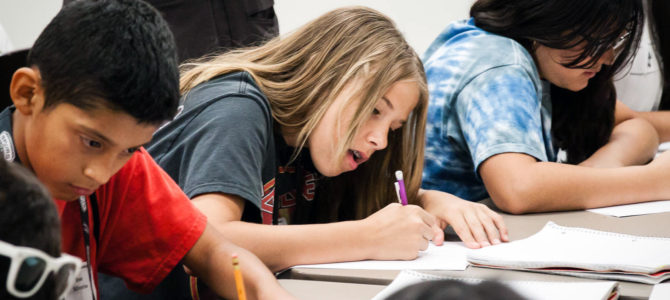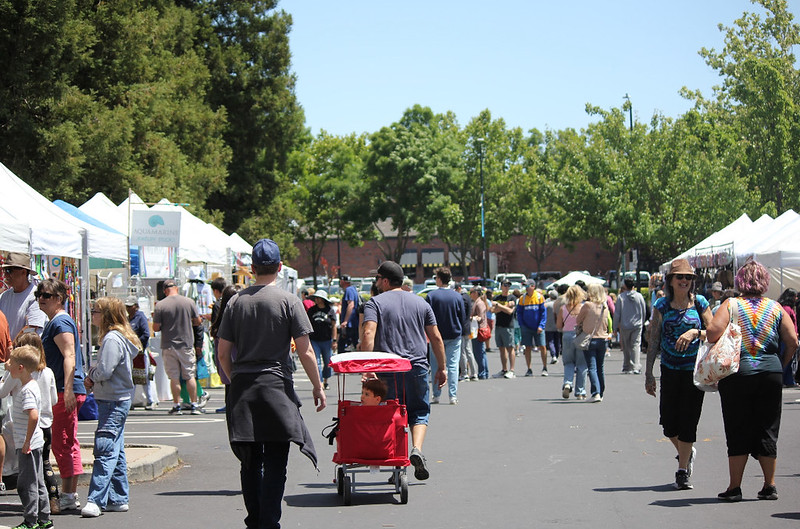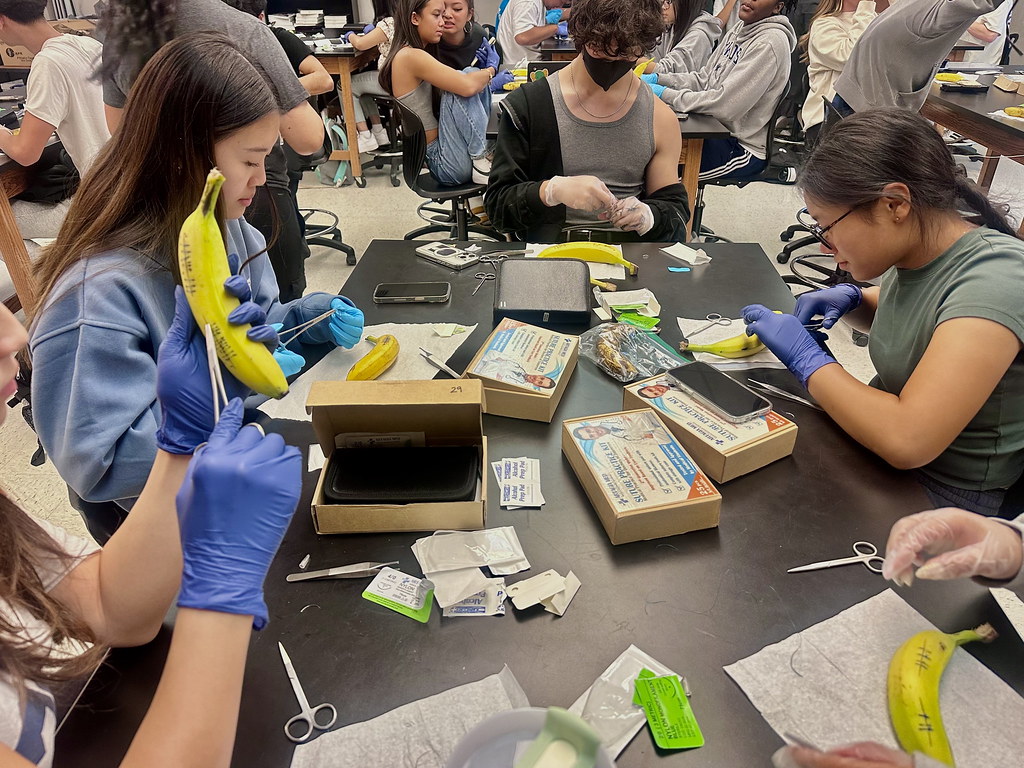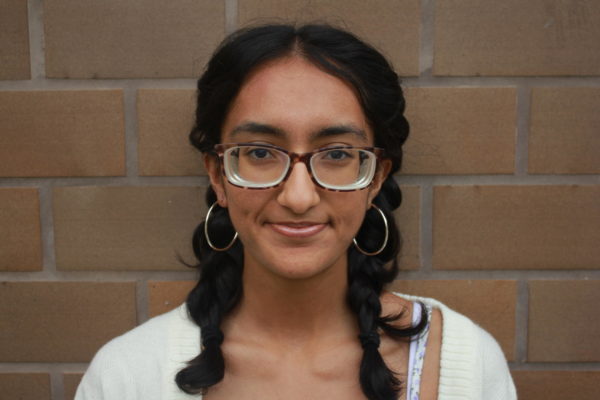As per Assembly Bill 101, signed into law by Governor Newsom in 2021, all California high schools must begin to offer ethnic studies courses as a mandatory graduation requirement. In accordance with this, the SRVUSD has initiated their plans for the rollout of the class within the district, with the aim of introducing the class in the 2025-26 school year.
“Ethnic studies is basically a history based type of or social science based subject, but gives an opportunity [focus on] people of color who have not seen their histories or stories told in our social science classes,” DVHS World Geography and Ethnic Studies teacher Roberto Clemente described.
The course draws attention to people whose stories have been traditionally overlooked, focusing on African Americans, Latinos, Asian Americans and Native Americans.
“We have to include components on those groups of people, as well as touch upon the histories, highlights and obstacles that they’ve experienced,” Theresa Hall, SRVUSD’s Equity Teacher on Special Assignment, explained.
According to the statewide model curriculum that was adopted by the State Board of Education in March of 2021, the course emphasizes concepts of equality, justice, and race. Additionally, the curriculum is meant to be interdisciplinary, touching upon many subject areas including history, literature, political science, economics and sociology.
Since the 1960s, student movements have been fighting for the inclusion ethnic studies into college curriculums. One of the first calls for an ethnic studies program occurred in 1968 at UC Berkeley through a strike led by the Third World Liberation Front, a coalition of Berkeley’s Afro-American Student Union and other student groups.
The strike ended in March of 1969 when UC Berkeley approved an Ethnic Studies Department, which was the first ethnic studies establishment in the country. And after a simultaneous strike at the San Francisco State University, the first college of ethnic studies was established on their campus.
Since the victories of the 1960s, supporters of ethnic studies courses have continued to push for its implementation in the K-12 curriculum. These movements have gained traction in recent years – particularly at the local level – but California has become the first state in the nation to implement the subject as a high school graduation requirement.
In preparation for this mandate, SRVUSD has started to adapt the Ethnic Studies model curriculum for all high schools. The curriculum is currently being created at the district level.
“We have to get it approved by the Board, we have to write the curriculum [and] we have to get input from students, teachers and community members,” Hall said. “We also have to train teachers on teaching ethnic studies. So those are kind of the steps we need to take before the rollout in 2025-26.”
Hall emphasized the role of SRVUSD’s high school students in creating the ethnic studies curriculum. “The course is written for students. And so it would make sense for students to have input in what they would like to see taught,” she said.
During the creation of the course, SRVUSD has taken consideration of students’ voices in multiple ways. Student leaders in the district from various high schools have been invited for their input, and some ethnic studies teachers have asked their own students for suggestions to improve the course.
“We’ve also gone out to all the ethnic studies courses at the different high schools to talk to students who are currently in the elective course. [We want] to get their feedback because they’re familiar with the content,” Hall explained. “Ultimately, we want this course to be about the children in our community.”
As for how the Ethnic Studies class will be integrated into the schedules of SRVUSD high school students, it is currently set to be a mandatory class for all freshmen.
Hall explained that “Nothing is set in stone yet. But [the district] anticipates that it will likely be a semester-long course.”
Though the course is required, students will not have to take an extra period just to accommodate it in their schedules.
“What’s happening is that they are going to take out World Geography and insert the ethnic studies class,” Clemente added. “In our district, freshmen take World Geography. So [Ethnic Studies will] slide right in and it’s kind of a plug-and-play.”
DVHS already has an ethnic studies elective taught by Clemente, though the existing course is year-long and is only offered to juniors and seniors. Clemente explained that in his classroom, he aims to examine the stories of people of color on a deeper level than what is taught in a standard high school history class.
“I like to work on the empowerment stories for people of color who have not had representation in our education outside of the prototypical Rosa Parks, Dr. Martin Luther King or Cesar Chavez,” Clemente said. “It gets harder and harder to find the [diverse] stories of people of color in our history … those stories are often very limited.”
Additionally, research has shown that the sense of self-empowerment promoted by ethnic studies courses has lasting positive impacts on students.
“It’s been proven through various studies that children that take ethnic studies get many benefits including higher GPA, stronger attendance and better interpersonal skills,” Hall explained.
These benefits could partially be due to the fact that more students see themselves and their communities reflected in what they learn at school through an ethnic studies course.
“I feel like a class like Ethnic Studies gives kids opportunities for growth in a relatively safe space, where they’re able to kind of explore the issues that affect their lives,” Clemente said. “For example, issues like Black Lives Matter, Asian hate, microaggressions – those pieces [are what] students have an opportunity to talk about and in this class.”
However, as the subject of ethnic studies shifts from being only an optional elective to a required class, certain problems are expected to accompany this change. According to Hall, one of the biggest challenges she foresees in the implementation of ethnic studies courses is teacher training.
“Because it’s such a new course, there isn’t even a teaching license or credential for ethnic studies, and not every teacher has majored in ethnic studies,” Hall said. “And I anticipate that we will have to do a lot of training for teachers to teach the material that they may not be used to.”
Clemente echoed this sentiment, explaining that he expects to see all World Geography teachers and classes to be removed in the transition to ethnic studies. Because of this, however, he worries that teachers may not be prepared or experienced enough to teach the class in a way that will maximize the benefits for students rather than causing harm.
“The problem I see is that I believe ethnic studies should be taught by teachers who want to teach it, not teachers who are mandated to. There’s something to say about the willingness of teachers to want to invest in the stories of color. When someone is mandated to teach something, there’s not the right motivation there,” Clemente said.
Clemente hopes that students in Ethnic Studies classes will come away feeling encouraged to advocate for themselves. “My goal for them is to be able to use their voice [so] they can … feel empowered to ask for more when it comes to their history, disparities in treatment and representation,” he said.





